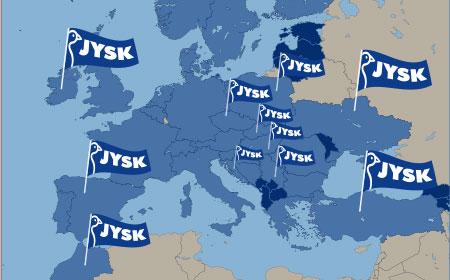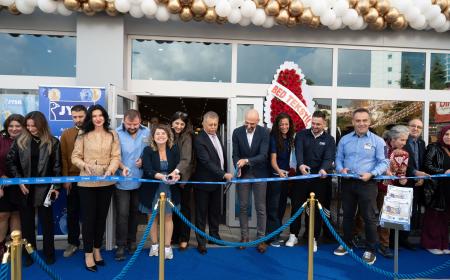4 very different Christmas traditions – share your own
Christmas is full of special traditions. Read about four of them here, and share your own with your colleagues.
All across the JYSK countries, people are getting ready for one of the most special times of the year - Christmas. Although this year, many people all over the globe will celebrate Christmas a little differently than usual due to coronavirus.
Still, we wanted to share five very different Christmas traditions from different parts of Europe. What is your favourite tradition in your country?
#1: Ignaz Day and costumes in Romania
During Christmas time, one special day for Romanians is Ignaz Day on 20 December. This day, many Romanians, especially in the countryside, slaughter a pig according to old tradition. The meat is used for many different Christmas foods, for instance typically Romanian sarmale, pork-and-rice rolls wrapped in cabbage and served with polenta.
-
Click here to see pictures of this Romanian tradition.
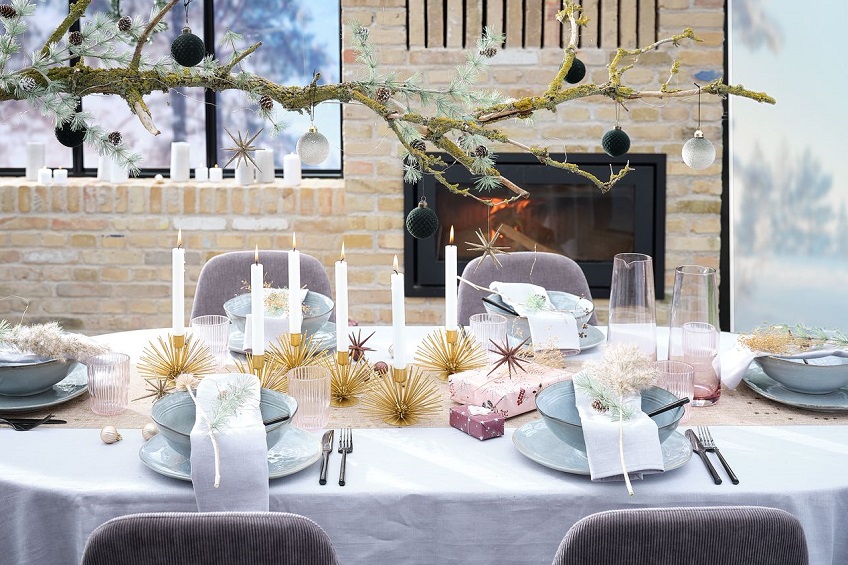
On Christmas Eve, many children and adults walk around their neighbourhood, singing carols and wearing traditional animal costumes. Bells, whips and drums help to make noise and dispel the evil spirits.
-
Click here to see pictures of this Romanian tradition.
#2: Christmas sauna and Santa Claus in Finland
Do you know where Santa Claus lives? 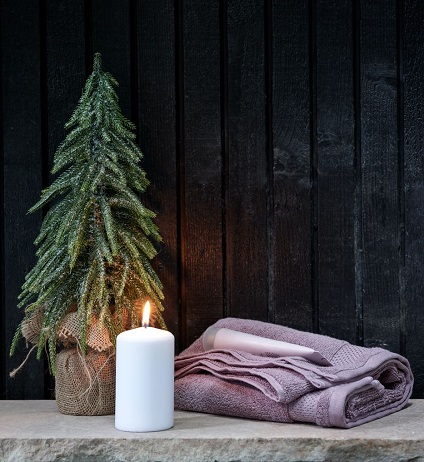 Well, the Finns definitely do. According to them, he lives on Korvatunturi, a mountain in Lapland, Finland. The home of Joulupukki, as Santa Claus is called in Finnish, is in the north of Finland close to the Russian border, where many reindeers live and the landscape is mostly covered in snow. Some Finns even say that from his residence in Lapland, Santa Claus is able to hear everything.
Well, the Finns definitely do. According to them, he lives on Korvatunturi, a mountain in Lapland, Finland. The home of Joulupukki, as Santa Claus is called in Finnish, is in the north of Finland close to the Russian border, where many reindeers live and the landscape is mostly covered in snow. Some Finns even say that from his residence in Lapland, Santa Claus is able to hear everything.
-
Click here to see pictures of Santa Claus and his village in Finland.
Another very common tradition in Finland is Joulusauna, as Finns call their Christmas sauna. The Finnish sauna is famous all over the globe. Also during Christmas, the Finns cannot miss out on their cleansing and relaxing ritual. In the afternoon of 24 December, many Finns go to the sauna with their families. Moreover, many people in Finland believe every sauna has its own sauna elf, for whom the family should definitely bring some treats.
-
Click here to get impressions of the Christmas sauna in Finland.
#3: 12 dishes for Christmas in Poland
In Poland, the main celebrations are held on 24 December. However, the actual festivities do not start until the first star can be seen on the night sky. Therefore, many Polish children sit on the windowsills and wait for the first star to appear on the black sky, so the Christmas celebrations can finally start.

Before sitting down to eat, however, each person taking part in the celebrations gets an Opłatek, a wafer, which they will share with everyone else. This tradition is linked to Jesus breaking the bread at the Last Supper.
The traditional dinner on a Polish Christmas table actually consists of 12 different dishes. The number 12 refers to the 12 months in the year and the number of the apostles. Some people say, in order to have luck in the following 12 months, you have to try each of the dishes. Meat will not be served on Christmas Eve in Poland.
-
Click here to see some pictures of traditional Polish Christmas dishes.
#4: Kings bring presents in Spain
Santa Claus 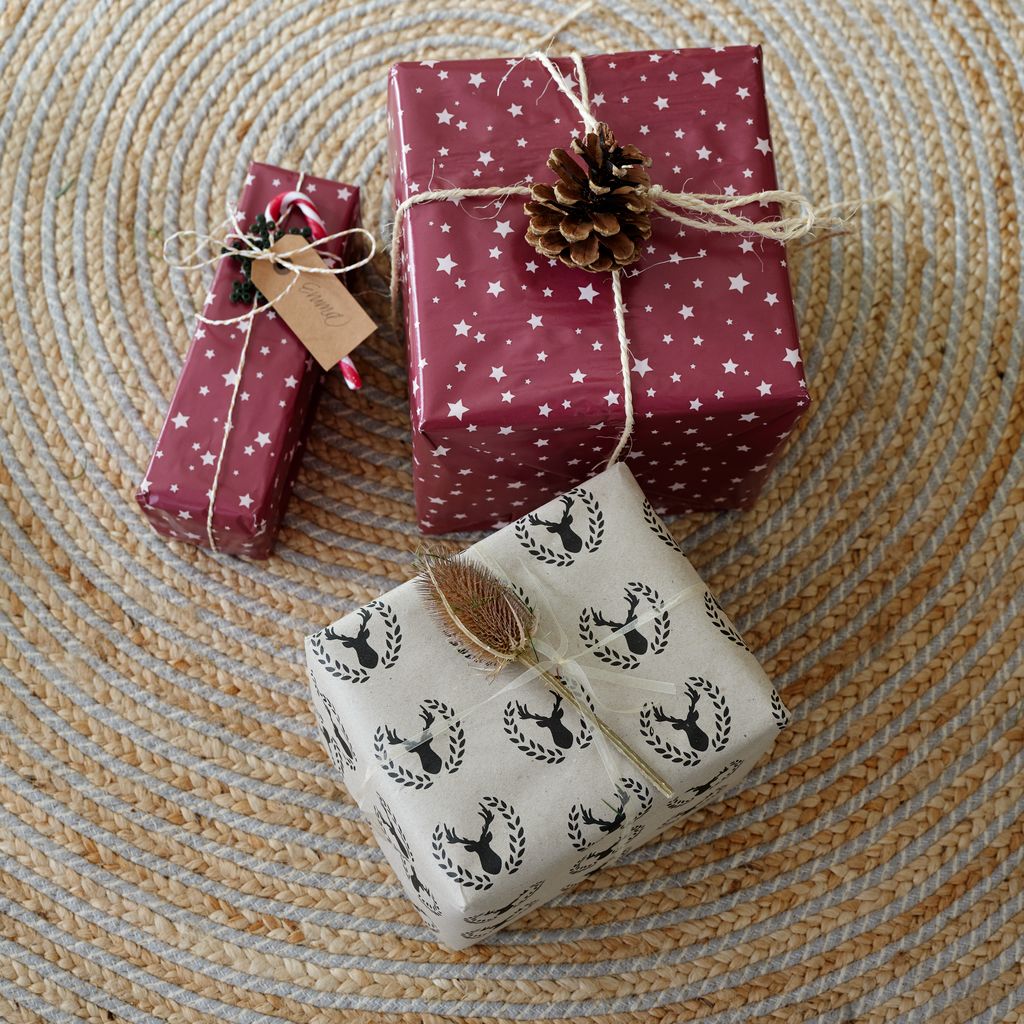 brings the presents on Christmas, right? Well, not in Spain, at least not all of the presents. For Spanish people, Christmas starts on 24 December and actually goes on until 6 January.
brings the presents on Christmas, right? Well, not in Spain, at least not all of the presents. For Spanish people, Christmas starts on 24 December and actually goes on until 6 January.
One of the most important Christmas celebration days is on 6 January, Fiesta de los tres Reyes Magos, which in English means “Festival of the Three Magic Kings”. This day, the Spanish celebrate the Kings, who brought presents to baby Jesus. Some children will already get a few presents on Christmas Eve, but most of them are not opened until 6 January. Instead of writing to Santa Claus, many Spanish children address their letters to the Kings. Many families also leave cognac and walnuts for the kings and a bucket full of water for the camels that transport them.
Click here to get an impression of the 6. January in Spain.
What is your favourite tradition in your country?
Please write in the comments sections below, which Christmas tradition from your country that you enjoy the most. Or maybe the strangest one. It is up to you.




